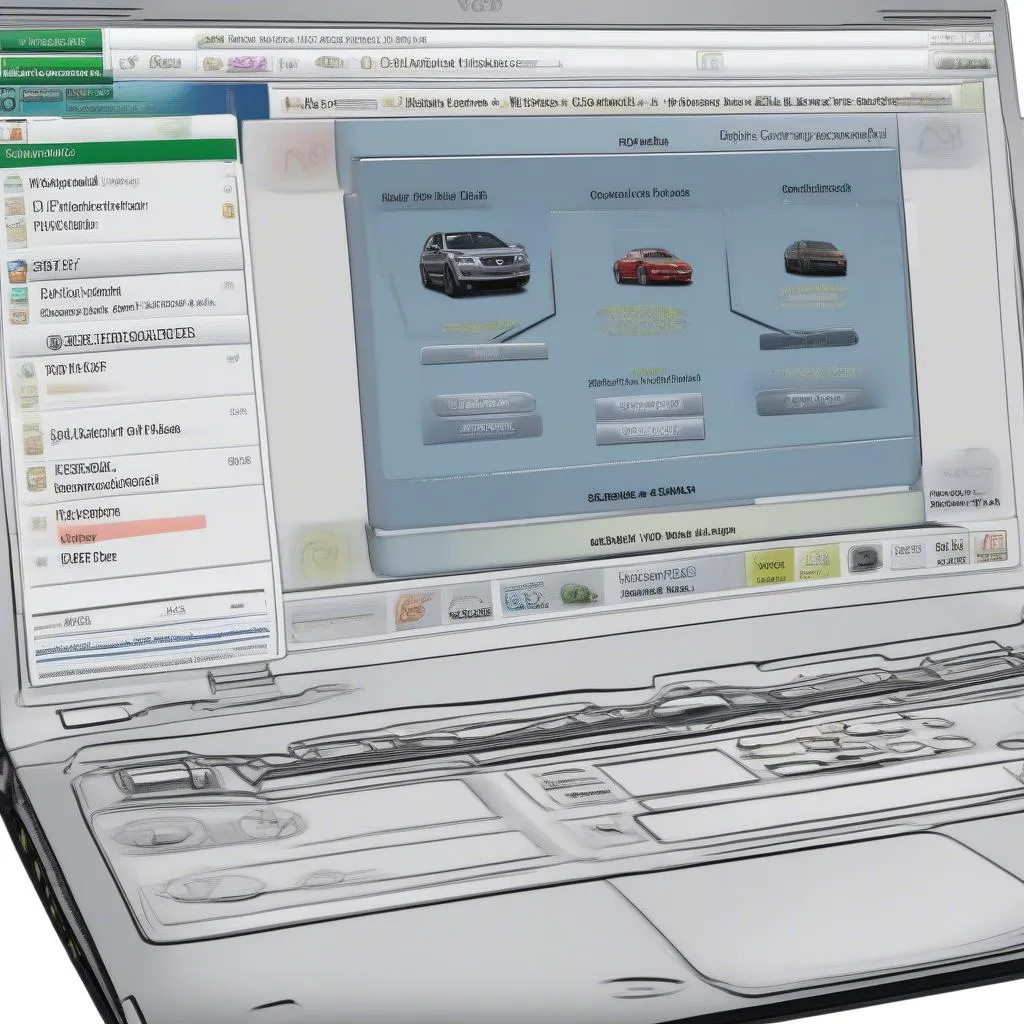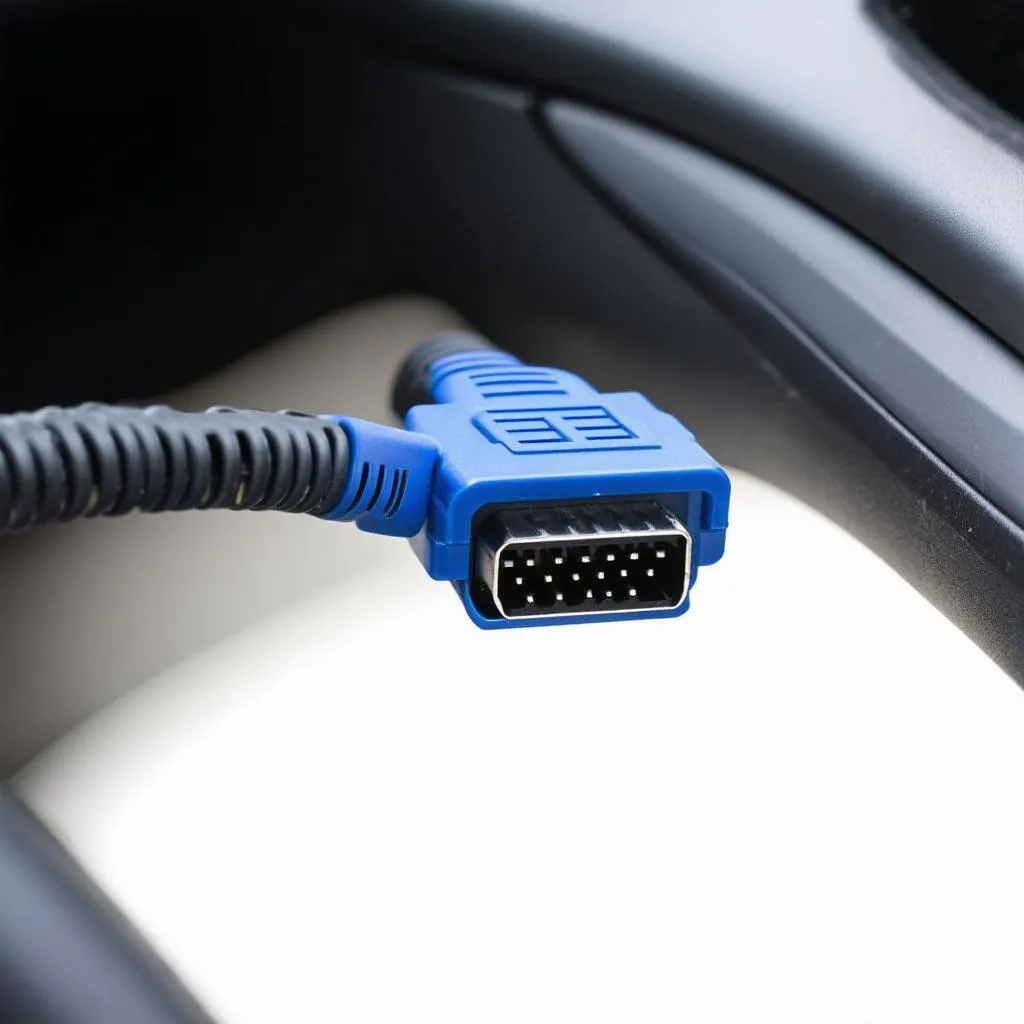The VCDS, or VAG-COM Diagnostic System, is a powerful tool that allows you to delve into the intricate network of your vehicle’s computer system. One common use for the VCDS is to address seatbelt warnings, a crucial safety feature that can sometimes become a nuisance if malfunctioning.
This comprehensive guide will equip you with the knowledge to understand, diagnose, and potentially resolve seatbelt warning issues using the VCDS. We’ll explore common scenarios, coding adjustments, and important precautions to take when working with your car’s safety systems.
Understanding Seatbelt Warnings and VCDS
Before diving into modifications, it’s crucial to understand the role of seatbelt warnings and how the VCDS interacts with them.
Your car’s seatbelt warning system is designed to enhance safety by reminding occupants to buckle up. It typically consists of sensors, a control module, and warning indicators (visual or audible). When a seat is occupied but the belt isn’t fastened, the system activates.
The VCDS allows you to communicate directly with your car’s control modules, including the one responsible for seatbelt warnings. This access grants you the ability to read error codes related to the system, potentially revealing the root cause of a malfunction. Additionally, VCDS allows for coding modifications, which can adjust the behavior of the seatbelt warning system.
 VCDS System
VCDS System
Common VCDS Seatbelt Warning Modifications
Using the VCDS, several modifications to the seatbelt warning system are possible. Let’s explore a few common adjustments:
1. Disabling the Seatbelt Warning Chime
One of the most frequent modifications involves disabling or adjusting the seatbelt warning chime. Keep in mind that while this might seem appealing, remember that seatbelts are crucial safety devices.
Expert Insight: “Disabling safety features should always be approached with caution,” advises automotive electronics specialist Dr. Emily Carter, author of “Modern Vehicle Diagnostics.” “Thoroughly weigh the risks and benefits before making any modifications.”
2. Adjusting Warning Light Duration
In some cases, it’s possible to adjust the duration for which the seatbelt warning light remains illuminated on the dashboard.
 Dashboard Seatbelt Warning
Dashboard Seatbelt Warning
3. Deactivating Passenger Seat Warning
Some vehicles allow for deactivating the passenger seatbelt warning, particularly useful if you frequently carry lightweight items on the seat.
Performing Modifications: A Word of Caution
While VCDS offers a gateway to customize your vehicle, it’s crucial to exercise caution. Altering safety-critical systems can have unforeseen consequences.
Always double-check coding changes before applying them. Incorrect modifications could lead to system malfunctions or even compromise safety.
Troubleshooting Seatbelt Warning Issues
If you’re encountering persistent seatbelt warnings, the VCDS can be invaluable for diagnosis. By accessing the relevant control module, you can read fault codes that provide insights into the problem. For example, a faulty seatbelt buckle sensor might be triggering the warning even when the belt is fastened.
VCDS Seatbelt Warning FAQs
Here are some frequently asked questions about using VCDS for seatbelt warning modifications:
1. Is it legal to disable my seatbelt warning?
Laws regarding seatbelt warning modifications vary by region. It’s essential to research and comply with local regulations.
2. Can I reverse VCDS coding changes?
Yes, VCDS allows you to revert to the original factory settings if desired.
3. Where can I find reliable VCDS coding guides?
Reputable online forums and communities dedicated to your specific car model are excellent resources. Websites like Cardiagtech also provide valuable information and guides for various VCDS modifications. You can check out their resources on VCDS airbag coding or explore their VCDS mod list for more comprehensive modifications.



